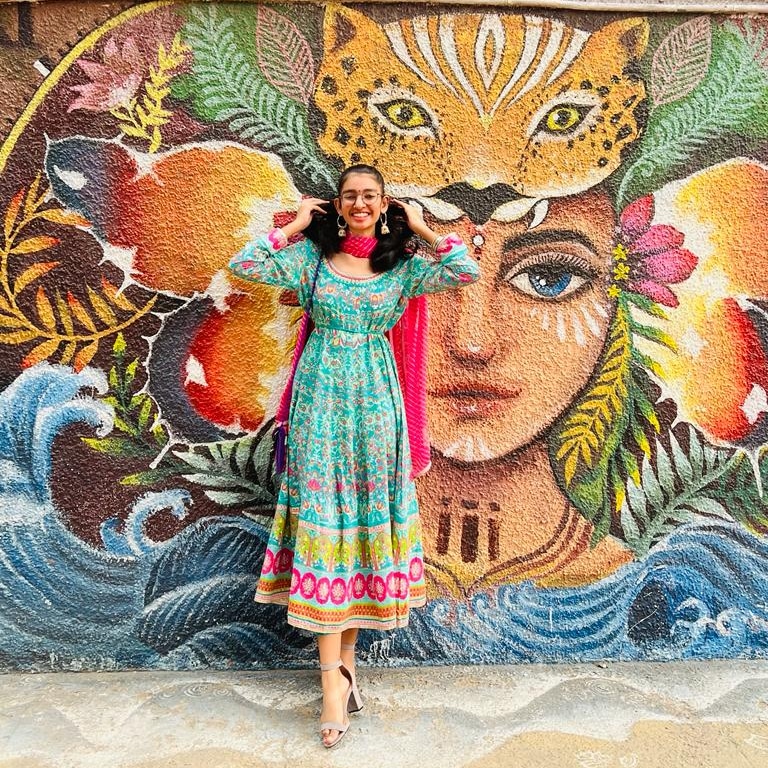How To Be an Ally? A Guide
Key Takeaways:
- What it means to be an ally
- Why is it necessary to be an ally
- Difference between sex and gender and how it’s used as a tool for oppression.
- Roadmap towards being a better ally.
According to Webster’s New World Dictionary of the American Language, an ally is someone “joined with another for a common purpose.”
Being an ally with lesbian, gay, bisexual, transgender, queer, intersex, and asexual (LGBTQIA+) individuals is the process of working to develop individual attitudes, institutions, and culture in which LGBTQIA people feel they are valued. This work is motivated by an enlightened self-interest to end homophobia, biphobia, transphobia, heterosexism, and cisgenderism.
An ally is someone who strives to improve the daily lives of LGBTQIA individuals and encourages the growth of all pupils on matters of gender identity, gender expression, and sexual orientation. Allies may identify as heterosexual, queer, intersex, lesbian, gay, bisexual, transgender, cisgender, or intersex.

Being an ally begins by recognizing that being Straight is seen as the norm, and anything else is different. This can make LGBTQIA+ people feel like they don’t quite fit in everyday life and therefore marginalize them.
A straight individual is often in a more privileged position, due to which their support becomes quintessential. For example, straight marriage is legal globally and usually faces no social resistance, they also have proportionately high media and cultural representation but most importantly their love is considered “normal”. A 2020 GLAAD study found that LGBTQIA+ individuals are still more likely to face violence and discrimination, therefore to curb this discrimination and violence, one needs to speak up against homophobia, biphobia or queerphobia in general and advocate for equality. Henceforth, it should be imperative to promote inclusivity and advocate for queer rights, especially as a straight cis-gendered individual.
The queer community is diverse and therefore we must familiarise ourselves with variations in gender and sexual identities. To be a strong LGBTQIA+ ally, educate yourself on the community’s terminology, including the difference between gender and sex, preferred pronouns, and the spectrum of identities. This shows respect and builds empathy. However, allies need to realise that making mistakes is a part of the journey and shouldn’t stop them from pursuing their passion for the equality of all.
Some common mistakes include:
- Misusing someone’s name (birth name over chosen name) disregards their identity and can be hurtful. It can be emotionally painful and seem hostile. Therefore it’s crucial to distinguish between sex assigned at birth, which is typically based on physical anatomy, and gender identity, a person’s internal sense of self.
- Misgendering, using wrong pronouns- learning and using a person’s preferred pronouns (he/him, she/her, they/them, etc.) is essential for respectful communication. Research from the American Psychological Association in 2020 highlights that using correct pronouns can improve mental health outcomes for transgender individuals.
- Microaggressions- these forms of everyday small aggressions lead to a disjoint relationship between queer individuals and their straight allies. Stereotyping people is one of the most common forms, and impacts individuals both mentally as well as physically.

Henceforth it goes without a doubt that action and support from straight allies are more than essential for the queer community.
One can therefore visiblise their allyship, by showing support through pride flags, attending LGBTQIA+ events or using their platforms to promote inclusivity.
Allyship is a journey, not a destination, which necessitates the need to stay informed and keep learning.
But hey everyone makes mistakes, what’s important is the way you handle it. here’s a roadmap to handle situations,
- Listen– listening to the person you hurt, fosters trust and solidifies empathy towards different experiences.
- Hold accountability – Recall that impact does not equal intention. An apology that doesn’t minimize the other person’s feelings or offer justifications is the most significant kind.
- Committing to do better – Self-reflection is crucial for becoming a better ally. By reflecting on our own biases and assumptions, we can understand how we might unintentionally exclude LGBTQIA+ people. This self-awareness allows us to commit to doing better and creating a more inclusive world.
Conclusion
Therefore, as a straight ally, one must realize that their support is vital and can help strengthen the strenuous journey of liberty. love and inclusivity. Allies can use their voices and platforms to advocate for policy changes, support LGBTQIA+ organizations, and foster environments where everyone can feel safe and respected. More than anything it’s about the support one can provide to those who have been in hiding for long. Remember inside or outside the closet, everyone deserves the feeling of safe space. Or as Elliot page would say-
“We deserve to experience love fully, equally, without shame and compromise”
Author


1 thought on “How To Be an Ally? A Guide”
Perfect❤️